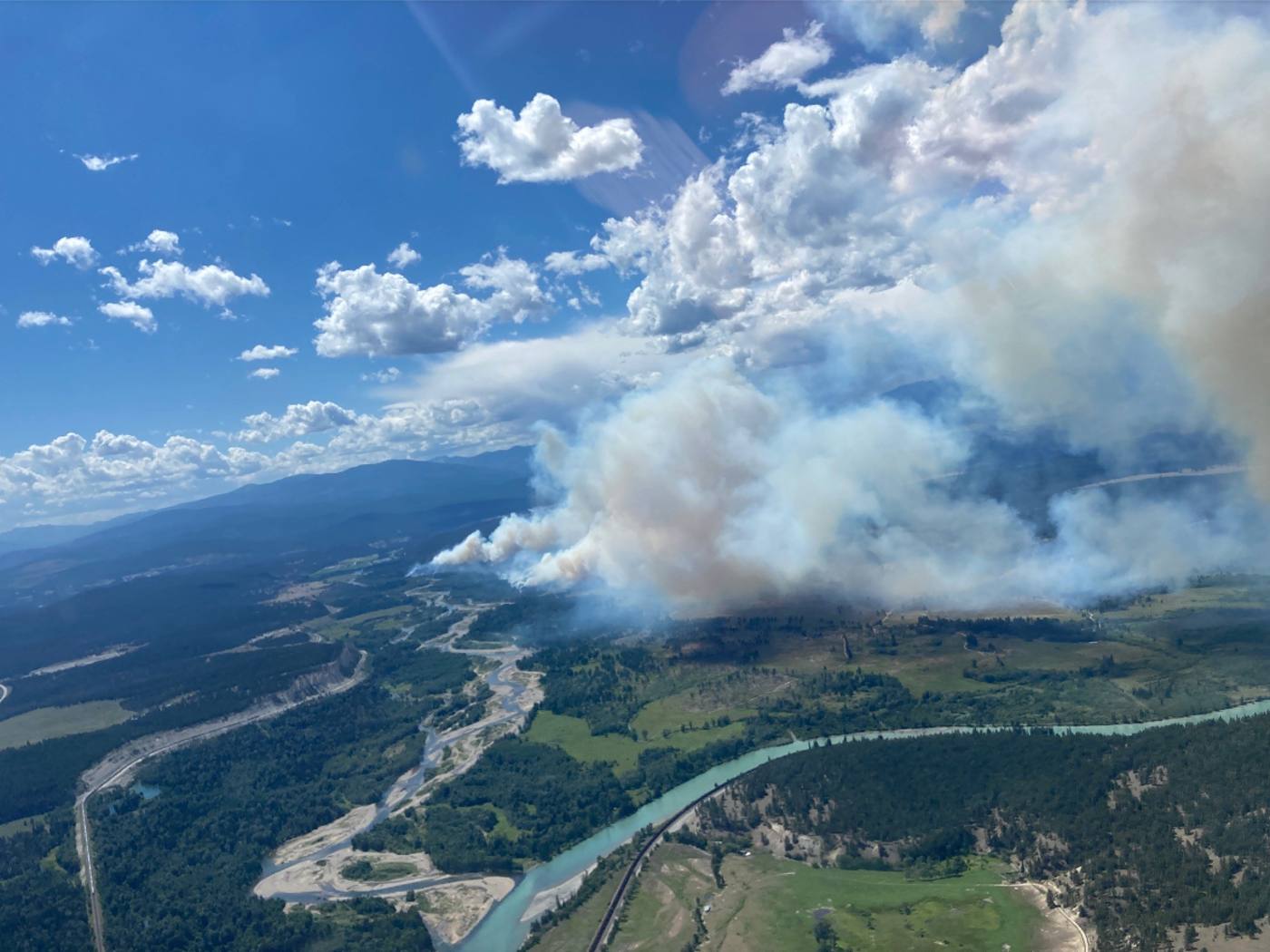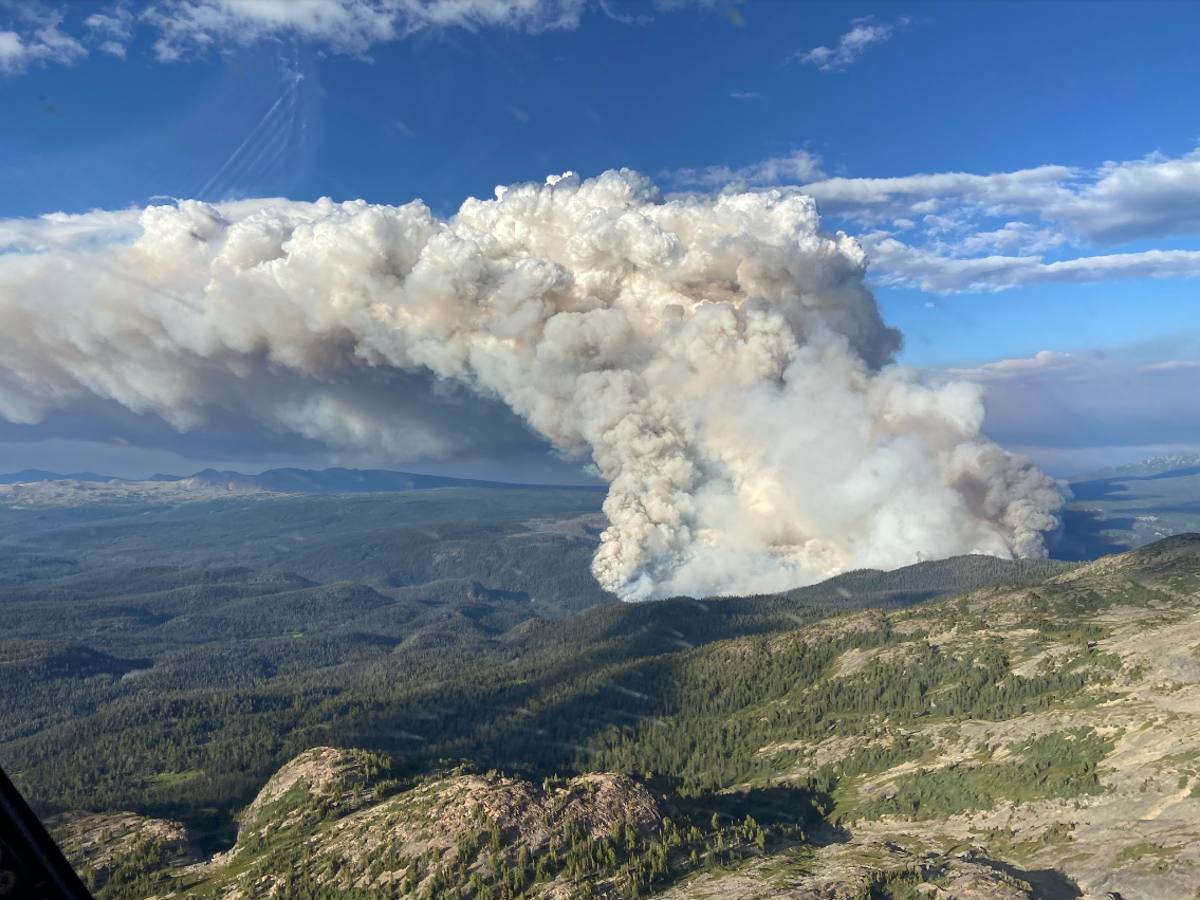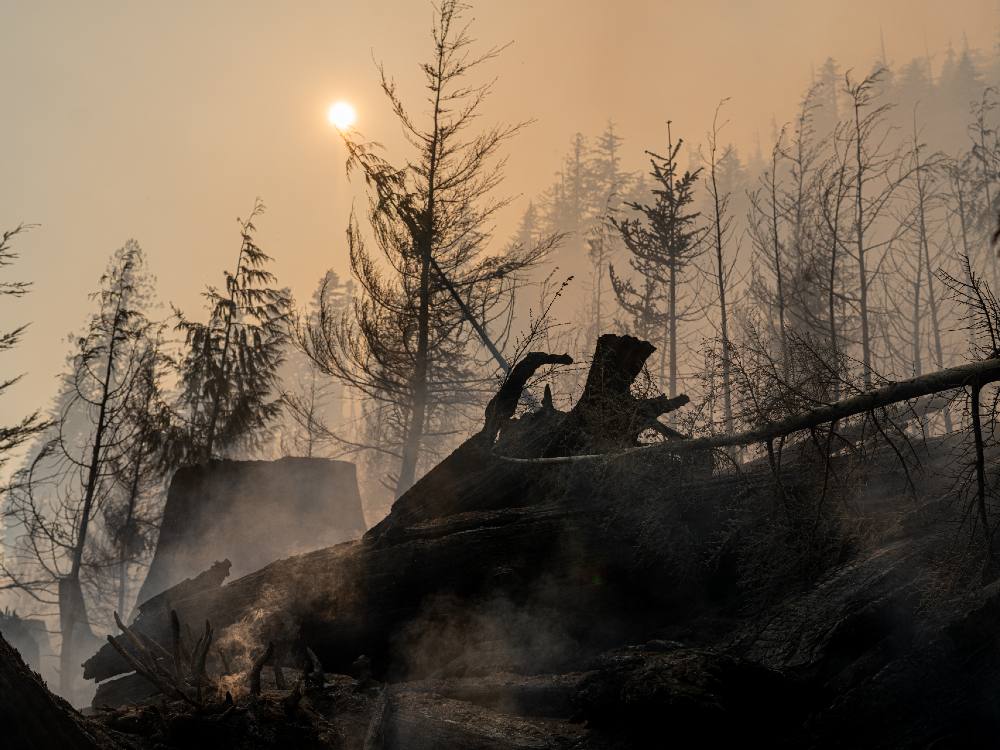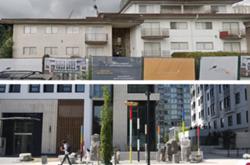British Columbia is now officially living through its worst-ever wildfire season. Canadian military resources are currently arriving in north-central B.C. to fight wildfires that continue to burn out of control throughout the region.
At a media briefing held Tuesday, B.C.’s Minister of Emergency Management and Climate Readiness Bowinn Ma said that 75 soldiers were deployed to Vanderhoof and an additional 75 will be sent to Burns Lake. Two helicopters have also been provided to help the region’s wildfire response, she said.
It’s unknown how long the federal resources might remain in B.C., she added.
“For now, we’re very grateful that they are being deployed today and tomorrow, with likely more on the way,” Ma said.
She added that the Canadian Armed Forces will be directly involved with fighting fires, while additional resources provided by the Canadian Coast Guard will support management and administrative activities within the BC Wildfire Service.
Roughly half of almost 400 wildfires currently burning across the province were sparked just over a week ago, during a series of lightning storms that passed through the north-central Interior. The province has seen sustained hotter-than-normal temperatures and drought conditions this year, leading to tinder-dry landscapes that are susceptible to wildfires, officials said.
With July and August typically warmer, drier months, BC Wildfire Service is warning that the conditions aren’t expected to let up anytime soon. That is putting a strain on provincial resources, as the service works to keep crews and equipment available in all parts of the province, BC Wildfire Service provincial operations director Cliff Chapman said.
“We move resources around from all over the province and obviously, in a year like this, we have resources coming from all over the world,” he said. International teams have been sent to B.C. from Mexico, New Zealand, Australia and the U.S. over the past week.
While wildfires began this spring in the northeast, they have been progressively moving south, Chapman said. The St. Mary’s River fire near Cranbrook, in the province’s southeast, has led to the evacuation of about 50 properties, with homes and other buildings lost in the blaze earlier this week due to high winds.

“The conditions in the southeast, currently, are not as aggressive or as dangerous as they are in the north, but when you see 60- to 80-kilometre winds, it just shows how really receptive the fuels are to lightning-caused wildfires,” Chapman said.
While recent rain will help suppression efforts in the coming days, he said it was not enough to impact the long-term forecast, with a “significant amount of fire” already on the landscape and more hot, dry conditions expected.
On Tuesday, BC Wildfire Service was reporting 21 “fires of note,” or wildfires that are “highly visible or pose a potential threat to public safety.” Most of those were in the Prince George and Northwest fire centres. Provincewide, about 150 people are currently evacuated from their homes and another 3,400 are on evacuation alert, Ma said.
The wildfires are centred around the north-central Interior, a region traversed by the Coastal GasLink pipeline, which is currently under construction between northeast B.C. and Kitimat on the coast. As a result of opposition to the project on Wet’suwet’en territory, the RCMP has allocated significant policing resources to the Morice Forest Service Road south of Houston.
With the 900-hectare Peacock Creek fire burning just 15 kilometres from the Community-Industry Safety Office, a remote RCMP detachment established on the Morice in 2019, and several other wildfires of note threatening communities in the area like Houston, Burns Lake and Vanderhoof, it’s unclear if police officers could also be diverted to the wildfire response.
The force did not respond to the The Tyee’s questions about whether RCMP would consider sending members of its Community-Industry Response Group, the unit responsible for policing pipeline and other resource industry-related conflicts, to nearby fires.
RCMP spent over $25 million in the first few years policing the conflict. Last fall, the provincial government injected an additional $36 million into C-IRG, to be allocated over three years, meant to fund “police response to unlawful protests and public order events across the province.”
An RCMP spokesperson said after press time, in an emailed statement, that RCMP officers have been "assisting partner agencies and communities affected by fires in providing evacuation notifications and policing patrols in affected areas."*
Provincial authorities speaking Tuesday did not respond directly to The Tyee’s question about whether RCMP could take an expanded role in wildfire response, given limited resources, but said officers work closely with local governments during evacuations, going door to door to alert residents and maintaining checkpoints.

This year officially became the most destructive wildfire season in recent history on Monday, when it surpassed the number of hectares burned since the province began keeping records just over a decade years ago. The province announced that nearly 1.4 million hectares have burned since April 1, more than three times the 10-year average. The previous records were 1.2 million hectares burned in 2017 and 1.3 million in 2018.
During B.C.’s costliest fire season, in 2021, a record-setting heat wave was blamed for a fire that tore through the town of Lytton, almost completely destroying the community. Although BC Wildfire Service and the RCMP have not released the fire’s cause, a handful of lawsuits have been fired over the past year against railway companies CN and CP, saying they did not do enough to prevent fires on the day the town burned.
When asked Tuesday how the province is working to prevent industry-related wildfires, Chapman said it works closely with rail companies ahead of fire season to ensure they have fire safety plans. He said that some railway and other industrial activities are currently being curtailed.
“Right now, we’re at a high danger class, and so a lot of those activities are actually restricted,” he said.
Chapman also added that the province is working closely with the forestry industry.
“We're using a lot of their heavy equipment to put guards around fires,” he said. “They’re also very willing to come and support the response effort and so we’ve been taking them up on that and bringing them into our response across the province.”
Ma and Chapman also took a moment to remember Devyn Gale, the 19-year-old firefighter killed recently while fighting a fire near Revelstoke.
Chapman said it’s the first time in his 22-year career that the service has experienced a firefighter fatality. He added that the tight-knit wildfire community has been deeply impacted.
“Devyn Gale was a member of that family and tragically last Thursday lost her life trying to protect this province from wildfire. She will forever be remembered by the BC Wildfire Service,” he said. “Please keep her in your hearts and she will forever be in ours.”
* Story updated on July 19 at 12:38 p.m. to include a response from the RCMP received after publication. ![]()
Read more: BC Politics, Environment

















Tyee Commenting Guidelines
Comments that violate guidelines risk being deleted, and violations may result in a temporary or permanent user ban. Maintain the spirit of good conversation to stay in the discussion and be patient with moderators. Comments are reviewed regularly but not in real time.
Do:
Do not: